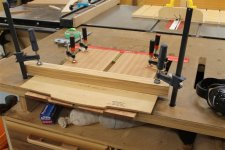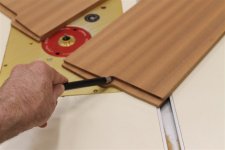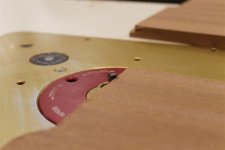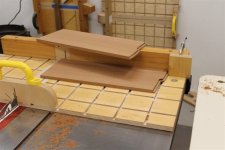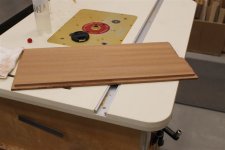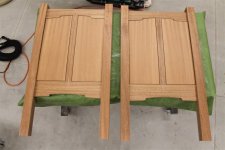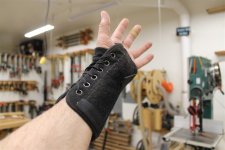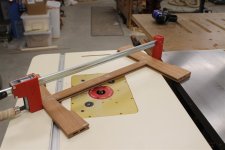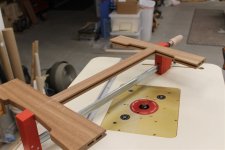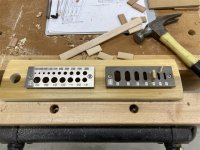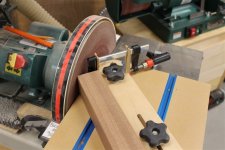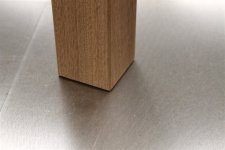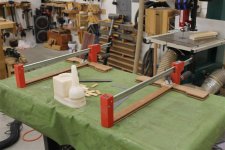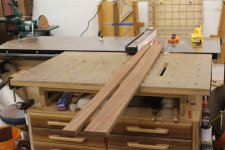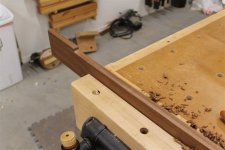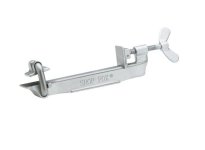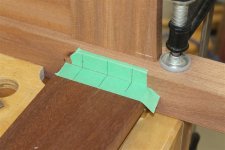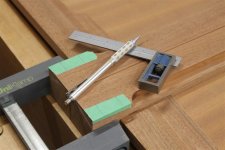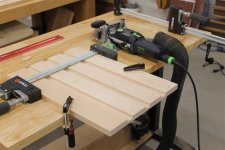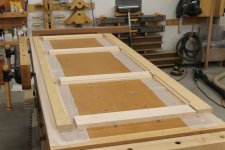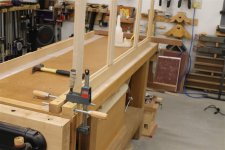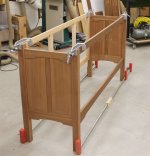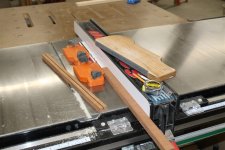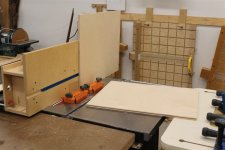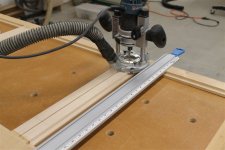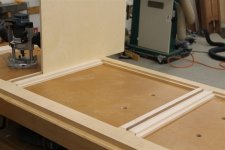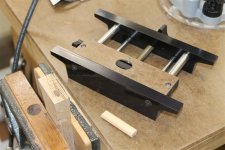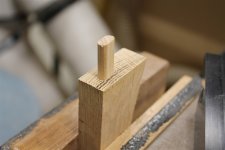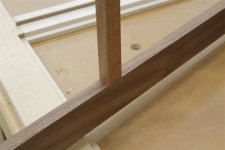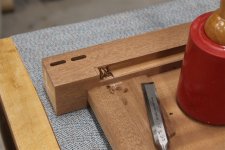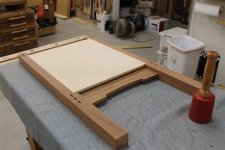glenn bradley
Member
- Messages
- 11,543
- Location
- SoCal
I may be jumping the gun on this one. I realize today that it is going to take a lot longer than it should. I jacked up the tendons in my wrist doing some domestic chores a few weeks ago. Finally went to the doc . . . blah, blah, blah . . . But, why not drag you poor folks along on my slow but sure process? 
This is the general idea of where I am headed although some design elements are still being discussed.

I did the design based on a large piece of sepele I had that I was going to use for the legs. Woe is me. That board is mahogany and I do not have any sepele of the proper dimensions. I am trying to use up the material I have on hand and so I decided to do glue-up legs. I cut some fat veneer.
 .
. 
And glued up some not-quite-thick-enough sepele to meet the dimensional requirements.
 .
. 
This veneer will be machined down quite a bit.
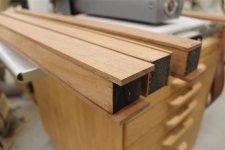 .
. 
The clamping method was basically successful but for the other faces I decided to use the vacuum bag.

I milled the first two faces down a bit and applied the perpendicular faces.
 .
. 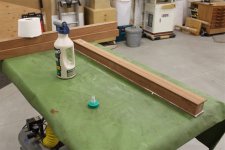
cont'd . . .
This is the general idea of where I am headed although some design elements are still being discussed.

I did the design based on a large piece of sepele I had that I was going to use for the legs. Woe is me. That board is mahogany and I do not have any sepele of the proper dimensions. I am trying to use up the material I have on hand and so I decided to do glue-up legs. I cut some fat veneer.
 .
. 
And glued up some not-quite-thick-enough sepele to meet the dimensional requirements.
 .
. 
This veneer will be machined down quite a bit.
 .
. 
The clamping method was basically successful but for the other faces I decided to use the vacuum bag.

I milled the first two faces down a bit and applied the perpendicular faces.
 .
. 
cont'd . . .
Last edited:

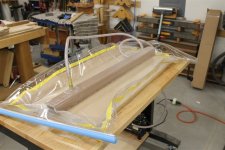

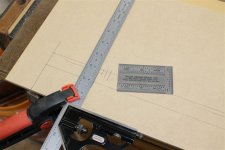
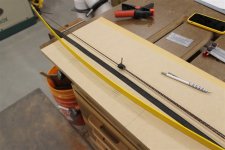

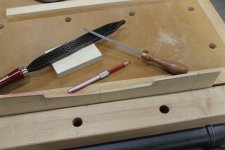

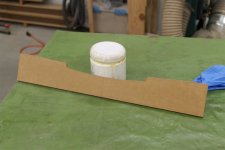




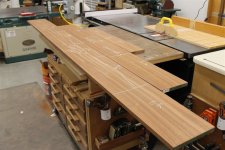

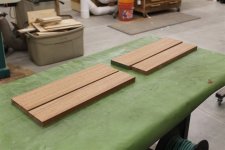
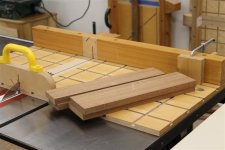


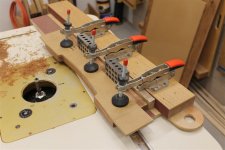
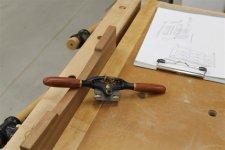

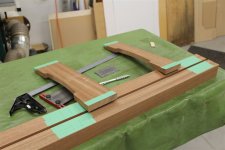

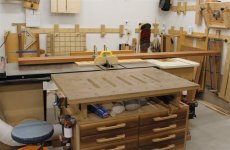
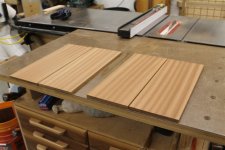

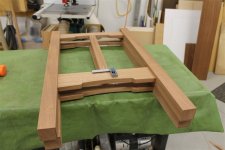



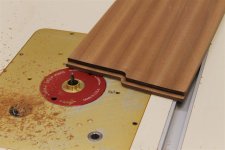
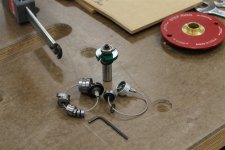



 and still regretting it as the recovery is taking longer than I wanted.
and still regretting it as the recovery is taking longer than I wanted.